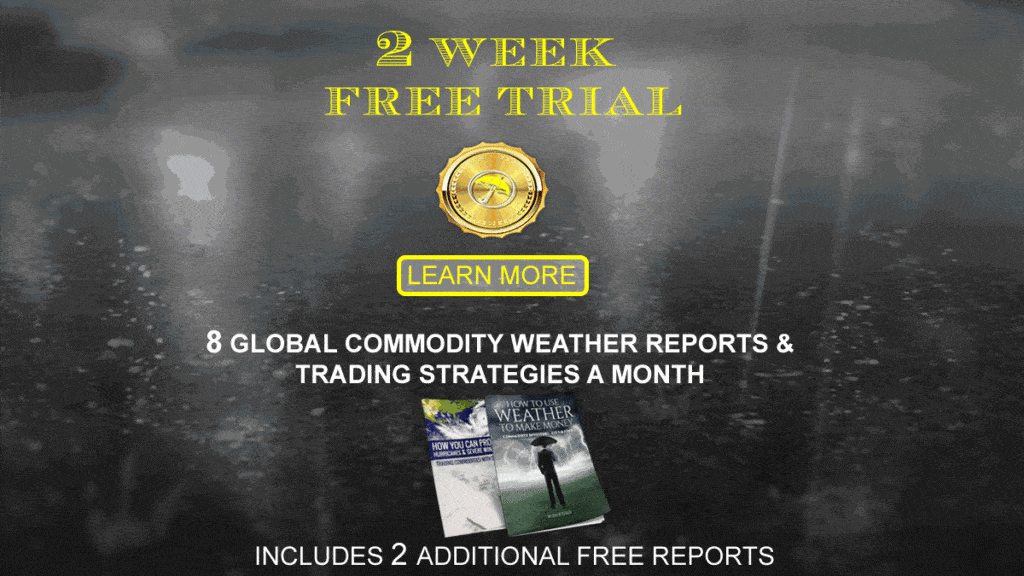PLEASE SEE THIS VIDEO BELOW SENT TO CLIENTS ON SUNDAY NIGHT–AUGUST 2
Over the last. months, clients to Weather Wealth, my twice-weekly online commodity weather service, received my prediction for mostly a hot summer for US natural gas. Subscribers to our service were given a very conservative longer-term option strategy. That strategy would limit the risk from day to day trading on occasional cool weather spells, COVID-19 issues, etc.
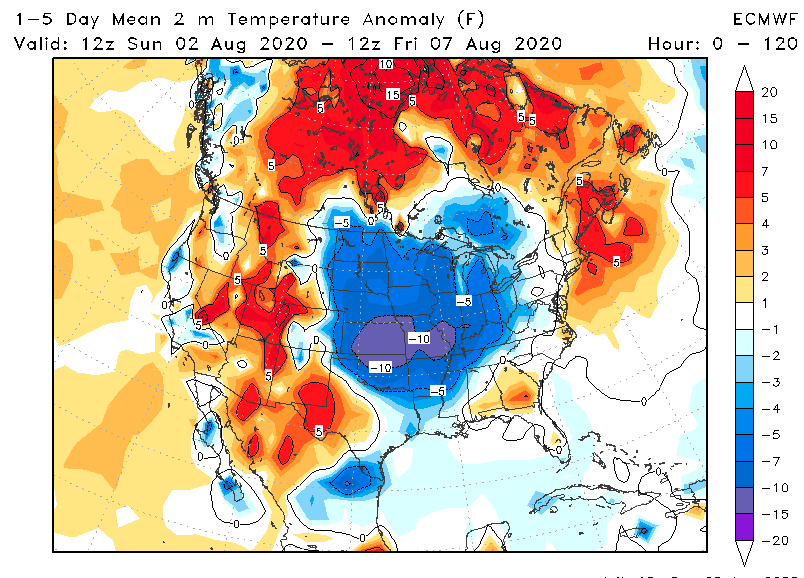
The cooler weather (blue) across the Midwest this week helped to break natural gas prices late last week.
However, what is the long term weather pattern heading into the fall for US natural gas regions? Could cooling demand exceed the 10 year average deeper into summer? For this, we look at the most important teleconnections to get a “jump” in natural gas and other markets. These help to “out-forecast” the majority of private weather forecast services.
Analyzing Longer-Term Climate Variables
So what are the most important climatic variables in predicting weather at least one month in advance? The stars below represent 4 teleconnections that have the most influence on late summer and early fall weather, They are:
1) The Arctic Oscillation Index (AO), which I am forecasting to be in a positive phase.
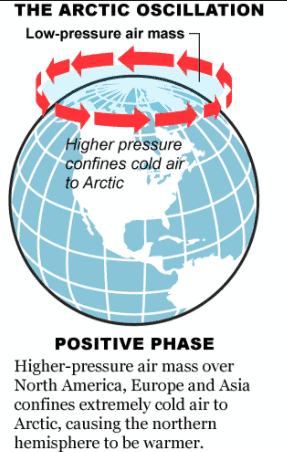
2) The Eastern Pacific Oscillation Index (EPO), which has to do with the jet-stream near Alaska. Right now, I forecast this index to be positive, which means low pressure east of Russia. That is a warm signal for the US.
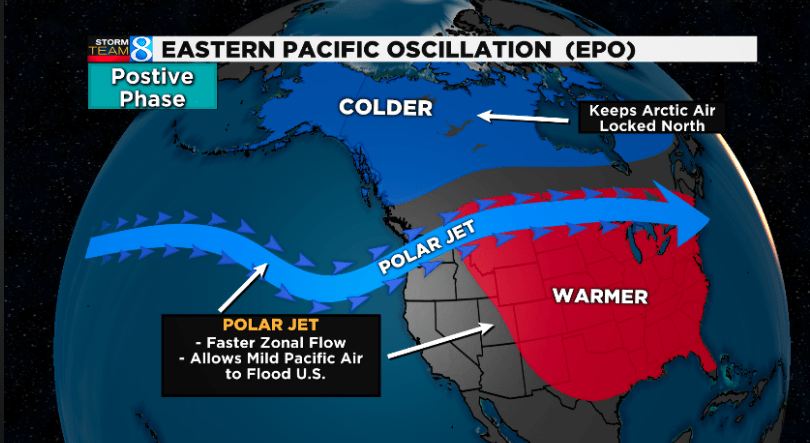
3) The Pacific North Atlantic Oscillation Index (PNA) which will be turning negative.
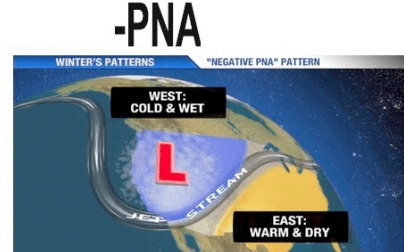
4) The developing weak La Nina at NINO12 regions near Peru.
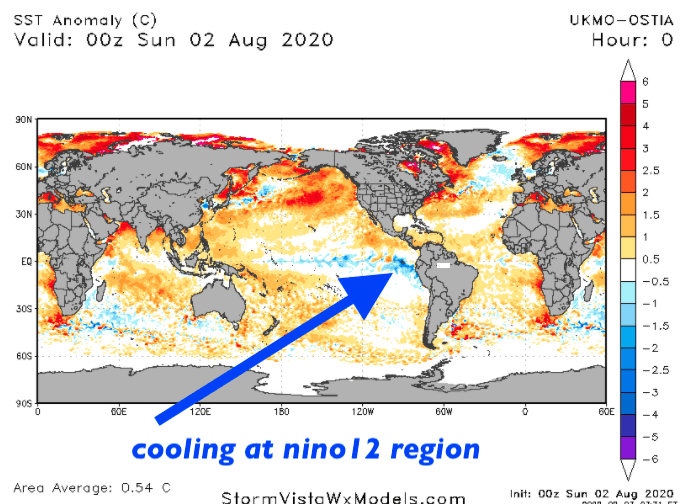
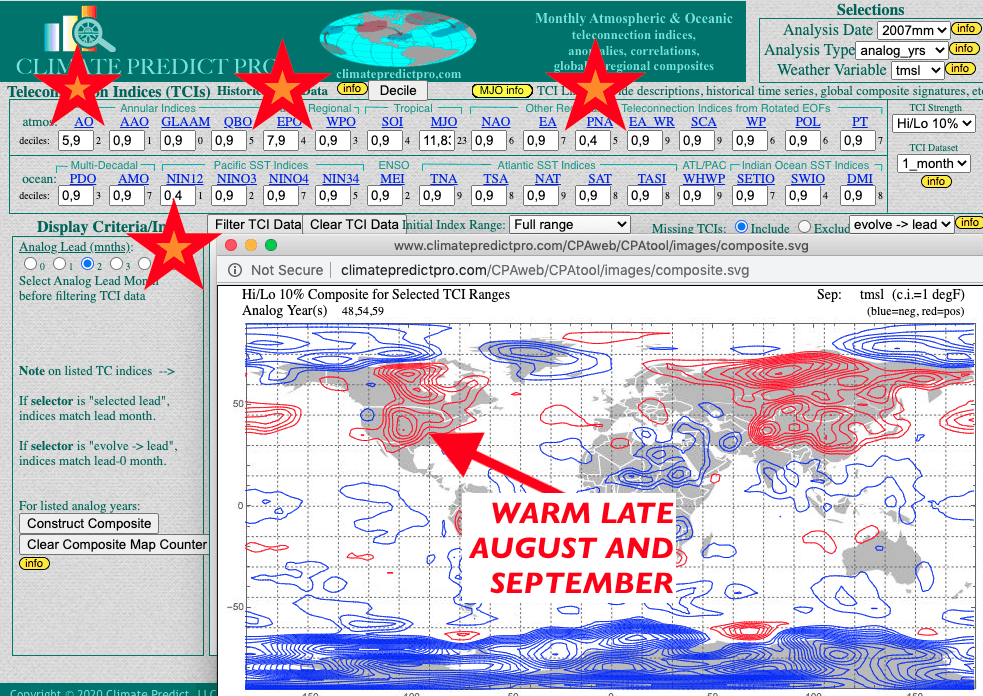
My teleconnection program (above) is predicting a warm late summer and early fall weather pattern for US natural gas areas. A user of my software plugs in the teleconnection values, which are predicted. Voila! Up comes a weather forecast as far as 3 to -5 months in advance.
What in my forecast is based on these present teleconnections for the winter? How can one use them to estimate corn, soybeans, and other crops in South America this winter (their summer)? Can they tell whether natural gas will be in a bullish market? We recommend you start a two week free trial period, below,.
